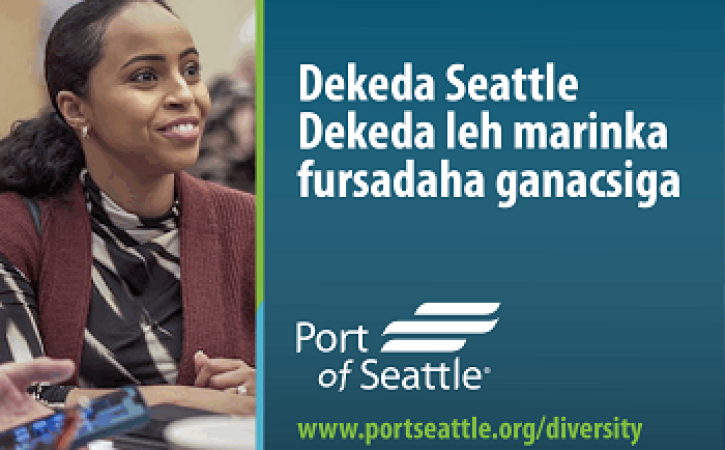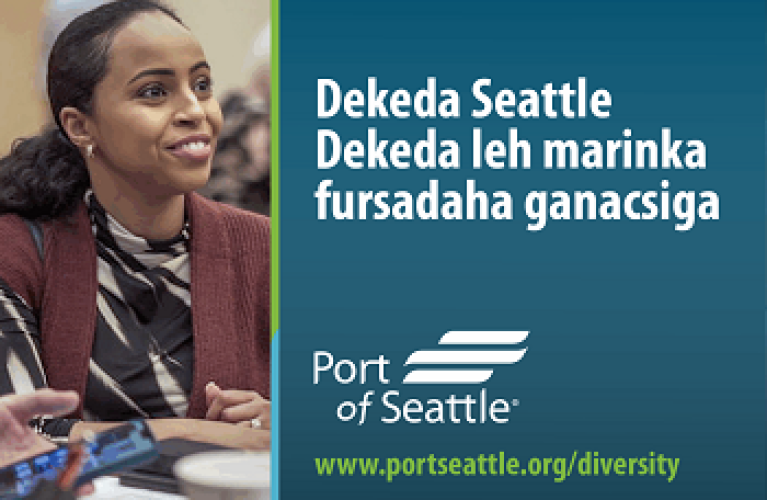
In today’s interconnected world, the demand for culturally specific journalism has never been more vital. Communities from diverse ethnic and regional backgrounds seek platforms that resonate with their experiences, values, and stories. This growing need has given rise to a powerful trend in journalism: the increased focus on Ethiopian, Eritrean, and Oromo News. These communities, rich in history and vibrant traditions, now have a voice that echoes beyond borders, thanks to dedicated platforms and culturally rooted publications.
The Ethiopian, Eritrean, and Oromo News segment has evolved significantly over the past decade. Once overlooked by mainstream outlets, these stories are now brought to life through media that highlights political developments, cultural celebrations, diaspora contributions, and social challenges. This shift isn’t just a win for representation — it’s a celebration of identity.
A standout in this evolving landscape is the growth of Muslim & Middle Eastern Magazine publications. These magazines, both in print and digital formats, are tailored to cover an array of topics affecting Muslim-majority countries, Middle Eastern communities, and the global diaspora. By addressing everything from fashion to politics, spirituality to social justice, these magazines play a crucial role in breaking stereotypes and amplifying underrepresented voices.
At the intersection of ethnic journalism and religious-cultural storytelling, platforms that combine Ethiopian, Eritrean, and Oromo News with insights from the broader Muslim & Middle Eastern Magazine ecosystem are creating powerful bridges. These platforms cater to multilingual audiences, provide real-time updates on regional issues, and promote cultural literacy that helps break down barriers.
One example of such progressive and culturally attuned journalism is Runta News. As a leading voice in delivering timely and accurate information, Runta News has carved out a niche for itself by prioritizing community engagement and cultural relevance. Through interviews, on-the-ground reporting, and feature stories, they ensure that the voices of East Africa and the Middle East aren’t just heard — they’re understood.
What makes the coverage of Ethiopian, Eritrean, and Oromo News particularly impactful is its grassroots approach. Stories often start from within the communities — be it a new Oromo cultural initiative in Minnesota, a health advocacy campaign in Addis Ababa, or youth empowerment projects in Asmara. By elevating local voices, these stories transcend geography, resonating with diaspora members scattered across North America, Europe, and the Middle East.
Simultaneously, the role of Muslim & Middle Eastern Magazine platforms in shaping perceptions cannot be underestimated. These publications offer narratives that counter prevailing mainstream tropes. They showcase stories of resilience, creativity, and innovation, all while rooted in Islamic and Middle Eastern traditions. From profiling influential women to exploring the nuances of Halal business ventures, the scope of content is both dynamic and culturally empowering.
The convergence of ethnic news and religious-cultural journalism is not without its challenges. Journalists covering Ethiopian, Eritrean, and Oromo News often face logistical, linguistic, and political hurdles. Similarly, Muslim & Middle Eastern Magazine publishers must navigate societal misconceptions, censorship, and funding constraints. However, their perseverance is paying off, resulting in robust digital followings, strong community support, and increasing global visibility.
Digital innovation has further fueled this media revolution. With the rise of social media, podcasts, and YouTube channels, community-driven content is reaching younger, tech-savvy audiences. News clips in Amharic, Tigrinya, and Afaan Oromo are being shared widely, while culturally rich articles from Muslim & Middle Eastern Magazine editions are trending across digital platforms. This transformation ensures that traditional narratives are preserved while embracing modern tools of communication.
Education and advocacy are also benefiting from this media evolution. Schools and universities now have access to culturally responsive materials that inform their curricula. Community organizations use these news platforms to disseminate information about immigration policies, health resources, and civic engagement. The collaboration between content creators and local leaders strengthens the overall fabric of these communities.
Looking ahead, the synergy between Ethiopian, Eritrean, and Oromo News providers and Muslim & Middle Eastern Magazine publishers is poised to grow even stronger. As global migration continues and the diaspora expands, so will the demand for inclusive, accurate, and representative media. Initiatives focused on training young journalists, supporting independent media, and promoting cross-cultural exchange will be key in sustaining this momentum.
In conclusion, the emergence of community-centric journalism, especially that which highlights Ethiopian, Eritrean, and Oromo News and the rich diversity of the Muslim & Middle Eastern Magazine realm, is a vital step toward a more inclusive media world. These platforms not only inform but also inspire, educate, and empower. They remind us that every community deserves to be seen, every voice deserves to be heard, and every story matters.







